The Aleutian Islands Campaign marked the only time fighting occurred on the continental United States against enemy forces during the Second World War. Beginning in mid-1942, it was spearheaded by the Japanese, whose goal was two-fold: divert attention from what was happening in the Pacific Theater and provide troops with a way of eventually attacking the American mainland.
Beginning with the bombing of Dutch Harbor, Alaska, in June 1942 and lasting until ’43, the Japanese occupation was a threat to the United States. Despite this, few people are aware of what occurred across the Aleutian Islands.
Japanese attack on Dutch Harbor
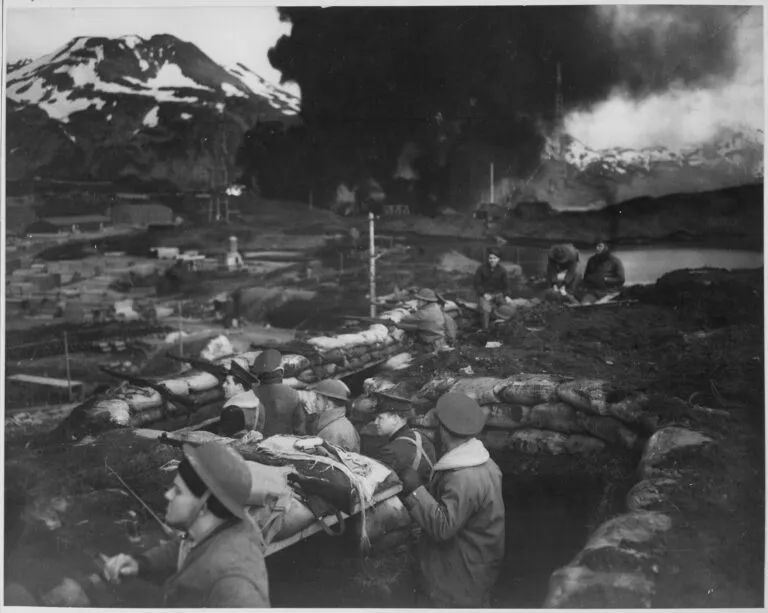
Early on June 3, 1942, Dutch Harbor became the target of a surprise attack by the Japanese. With the Battle of Midway slated to occur the next day, the Imperial Japanese Navy (IJN) hoped to divert attention away from the atoll, using a group of two aircraft carriers, five cruisers, five destroyers, and 86 fighter and bomber aircraft to launch the assault. Despite the sheer size of the fleet, little damage was sustained by area installations, thanks largely to the quick response of local anti-aircraft batteries.
The next day saw the Japanese launch a more coordinated attack, with key infrastructure, including a hospital and oil supplies, targeted by bomber aircraft. While more damage was caused during this second wave, the American forces stationed in the area continued their fierce defense, aided by poor weather.
Despite their efforts, however, the Japanese were able to inflict the damage they’d set out to cause. Several aircraft operated by the Eleventh Air Force were destroyed, including Boeing B-17 Flying Fortresses, and 93 casualties were suffered. The Japanese, on the other hand, suffered the loss of just one Mitsubishi A6M Zero.
While no Japanese troops landed at Dutch Harbor during the attacks, the losses suffered by the Americans made it easy for them to invade and occupy Attu Island and Kiska Island.
Invading Attu Island and Kiska Island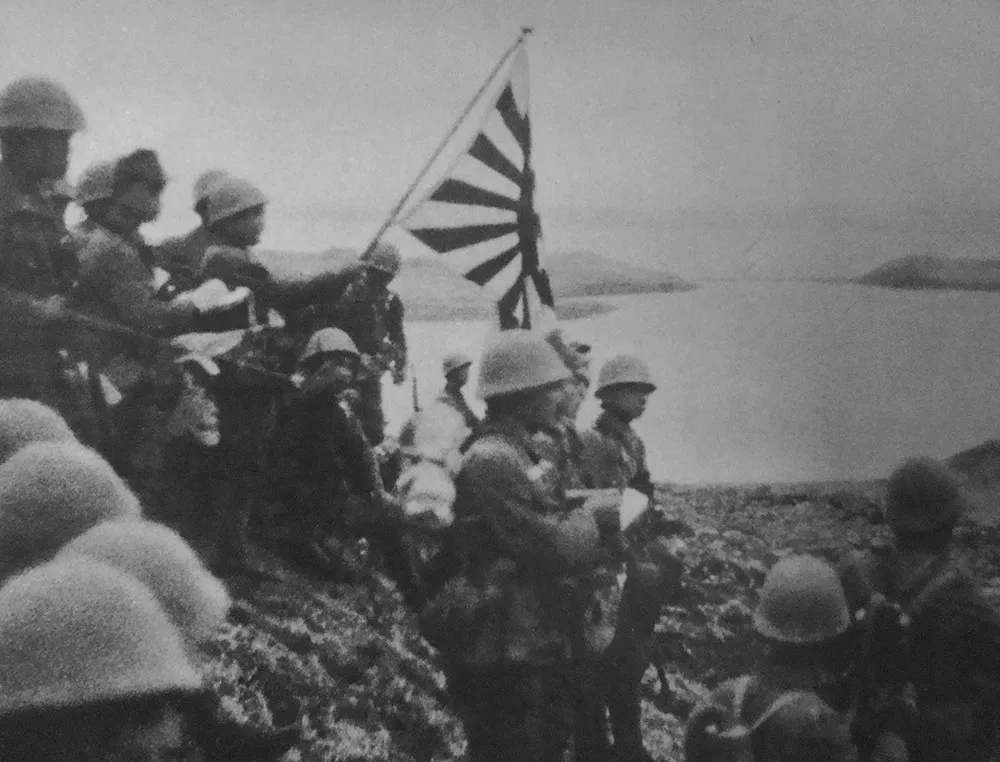
Shortly after the bombing of Dutch Harbor, the Japanese invaded Attu Island and Kiska Island, marking the first time since the War of 1812 that enemy troops had landed on the continental United States. The local Indigenous population, the Unangax̂, initially saw little in terms of change upon the Japanese occupying the islands. However, that changed in September 1942, when they were sent to internment camps in Hokkaido, Japan.
The Indigenous populations in other areas of the Aleutian Islands didn’t fare much better, except they were targeted by the US government, as opposed to enemy troops. The invasions of Attu and Kiska were used as an excuse to forcibly remove them from their homes (under the guise they posed a national security risk) and send them to internment camps erected along the Alaskan Panhandle.
Heightened fears following the Japanese attack on Pearl Harbor
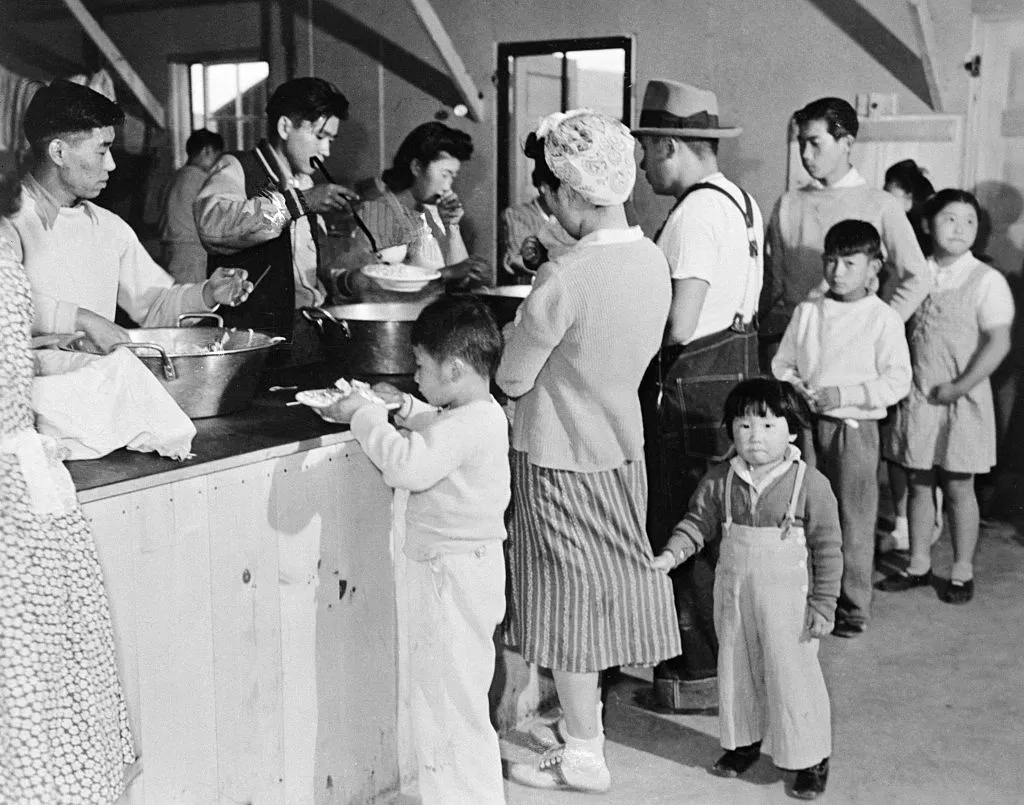
The Japanese attack on Pearl Harbor on December 7, 1941, had caused many living along the US West Coast to fear a possible mainland invasion, and the subsequent occupation of the Aleutian Islands only increased these concerns. Many believed they would use the region to launch additional attacks on the United States, with coastal cities like Seattle, Washington; Anchorage, Alaska; and San Francisco, California being particularly vulnerable.
Prior to the invasions of Attu Island and Kiska Island, the US government, under Executive Order 9066, had opened internment camps along the West Coast, where Japanese-Americans were sent to counter the unfounded fear that they posed a threat to the American public – despite them being Americans themselves.
A total of 10 camps were operated during Second World War, with an estimated 120,000 individuals forced to relocate to them throughout the conflict.
Battle of Attu
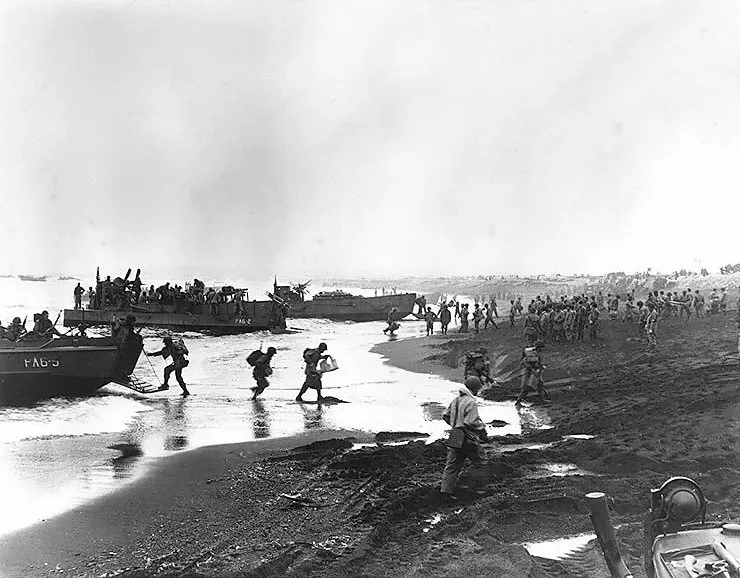
Following the Japanese occupation of Attu and Kiska, the US Army Air Forces (USAAF) began conducting regular bombing raids against the soldiers stationed on the islands. Fast forward to May 1943, and the Americans teamed up with the Canadians forces for Operation Landcrab – better known as the Battle of Attu.
Prior to this, on March 27, 1943, the Battle of the Komandorski Islands had seen the Americans attack a Japanese supply convoy, which, while not resulting in any land changing hands, did stop the latter from sending surface ships to supply troops occupying the Aleutian Islands.
On May 11, the 17th Infantry Regiment, 7th Infantry Division conducted an amphibious landing on Attu, which initially appeared to be another fruitless attempt to retake the island. Cold weather caused many soldiers to suffer frostbite, and the enemy fighters entrenched on the island hadn’t been all that impacted by prior naval bombardments.
What wound up helping the Americans was a resupply of key equipment, something the Japanese had struggled to receive since the Battle of the Komandorski Islands. With the month winding down, the US Army troops were able to break through, with the Japanese resorting to hand-to-hand combat and an ill-fated banzai charge, the former of which obliterated the enemy force.
Operation Cottage
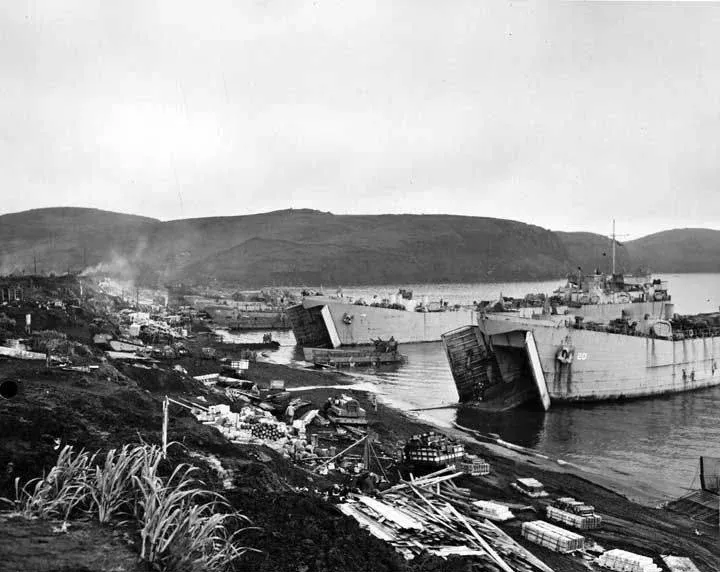
Closing out the Aleutian Islands Campaign was Operation Cottage, in which the Americans regained control of Kiska Island. On August 15, 1943, a combined American-Canadian contingent, including the elite 1st Special Service Force, landed, expecting the Japanese to mount a hard-fought defense. However, they encountered the opposite.
Unbeknownst to the Allies, the Japanese had staged their escape several weeks prior, under the cover of fog. That’s not to say, however, that there weren’t signs they’d abandoned Kiska; all communications had stopped on July 28, while reconnaissance aircraft noted a lack of movement in the harbor.
Despite having no enemy troops to fight, the Allies suffered casualties during the “battle,” after a Canadian soldier accidentally shot at American lines, believing the troops to be Japanese. The friendly fire incident that ensued resulted in the deaths of 28 Americans and four Canadians, while another 50 soldiers were injured. The USS Abner Read (DD-526) also struck a sea mine that had been left behind, resulting in another 71 deaths and 47 injured personnel.
Why has the Aleutian Islands Campaign been largely forgotte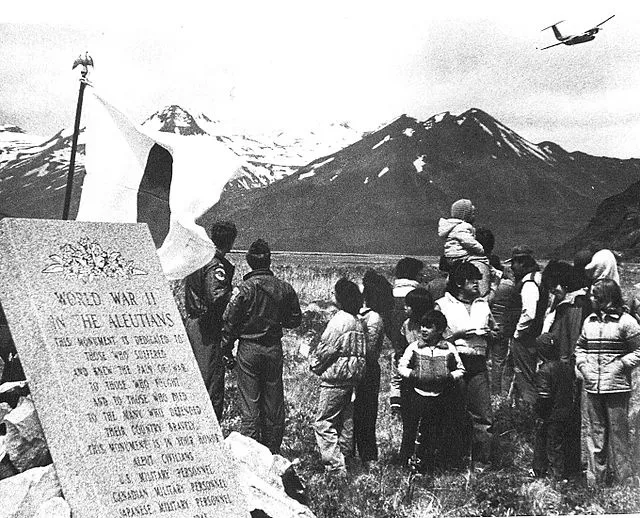
Despite its significance to the overall context of the Second World War, the Aleutian Islands Campaign has largely been forgotten to history. The majority of historians tend to focus on the events in Europe and the Pacific, with the China-Burma-India Theater even getting more attention. This can partially be attributed to the remoteness of the region and the low number of casualties the campaign saw, when compared to other engagements.
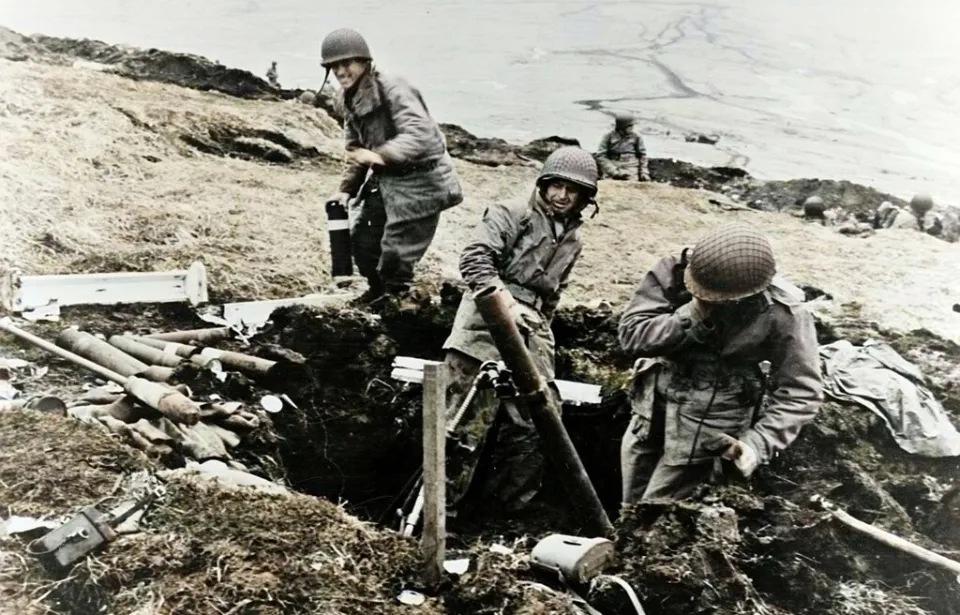
Leave a Reply